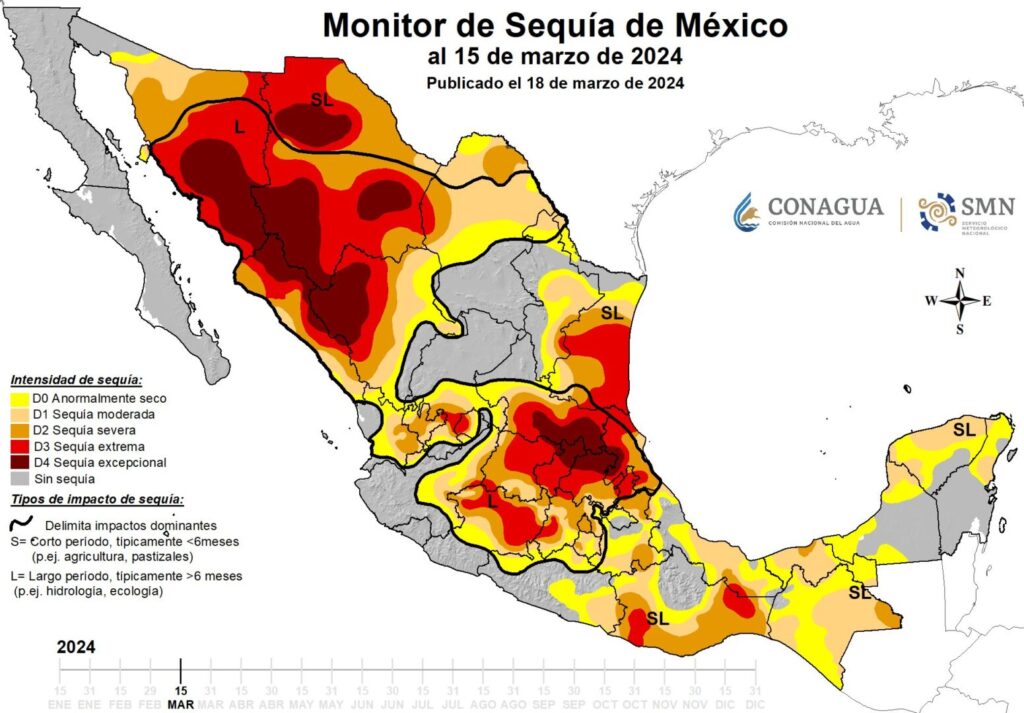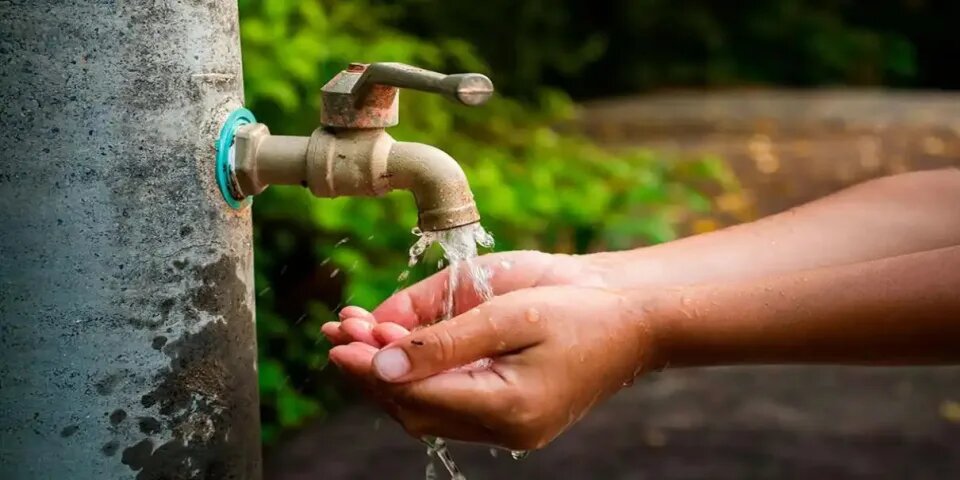This March 22 is the commemoration of the World Water Day and the situation that prevails with this valuable resource urges to take measures because it is a fundamental pillar for the sustainable developmentthe human rights and life itself, highlights the United Nations.
The agency states that the water emerges as a primary resource that encompasses several spheres vital to human well-being and environmental preservation. From its central function in socio-economic development to its crucial role in adapting to climate change, it has become a vital resource for the climate changethe water is positioned as an irreplaceable element for the survival of communities and ecosystems.
The United Nations World Water Development Report 2023 stresses that the situation is urgent and requires immediate action to ensure that all people have access to this resource.
The document indicates that globally, water use has been increasing by approximately 1% per year for the past 40 years and it is estimated that, due to population growth, socioeconomic development and changes in consumption patterns, it will continue to grow at a similar rate until 2050.
"Water scarcity is becoming endemic as a result of the local impact of physical water stress, coupled with the acceleration and spread of freshwater pollution. Because of climate change, seasonal water scarcity will increase in regions where water is currently abundant, such as Central Africa, East Asia and parts of South America, and will worsen in regions where water availability is already scarce, such as the Middle East and the Sahel region of Africa," he says.
The report adds that an average of 10% of the world's population lives in countries with high or critical levels of hydric stressIn addition, 26% of the world's population, approximately 2 billion people, do not have access to health care services, and 26% of the world's population, approximately 2 billion people, do not have access to health care services. drinking water safely managed and approximately 46% (3.6 billion) lacked access to safely managed sanitation services.
Water challenges
- Worldwide, 2.2 billion people lack access to safely managed drinking water services.
- In 2022, 3.5 billion people still lacked safely managed sanitation services, including 419 million who practiced open defecation.
- There are still around 2 billion people worldwide without access to safely managed drinking water services. Among them, 771 million people cannot access even basic drinking water services.
- More than half of the population lacks safely managed sanitation services.
- Improved water, sanitation and hygiene conditions could prevent some 400,000 deaths per year from diarrheal diseases among children under 5 years of age.
- 80% of wastewater returns to the ecosystem without being treated or reused.
- About two-thirds of the world's transboundary rivers do not have a cooperative management framework.
- Agriculture accounts for 70% of global water withdrawals.
The UN stresses that safeguarding water, food and energy security through sustainable governance, providing water supply and sanitation for all, supporting health and livelihoods, mitigating the impacts of climate change and extreme events, and sustaining and restoring ecosystems with the valuable services they provide are all pieces of a complicated puzzle, but the pieces will only fit together through partnerships and cooperation in which we all have a role to play.
In Mexico, two thirds of the territory suffers from drought
The Drought Monitor of the National Water Commission updated as of March 15 indicates that practically two thirds of the national territory suffers from some degree of drought.
The droughtAccording to this document, it is present in 65.5% of the country, affecting 1,621 municipalities.
The states of Sinaloa, Chihuahua, Querétaro, Morelos, Guanajuato, Hidalgo y Mexico City have 100% of their municipalities with some degree of drought, whereas in Sonora only one of the 72 municipalities has not been affected.



